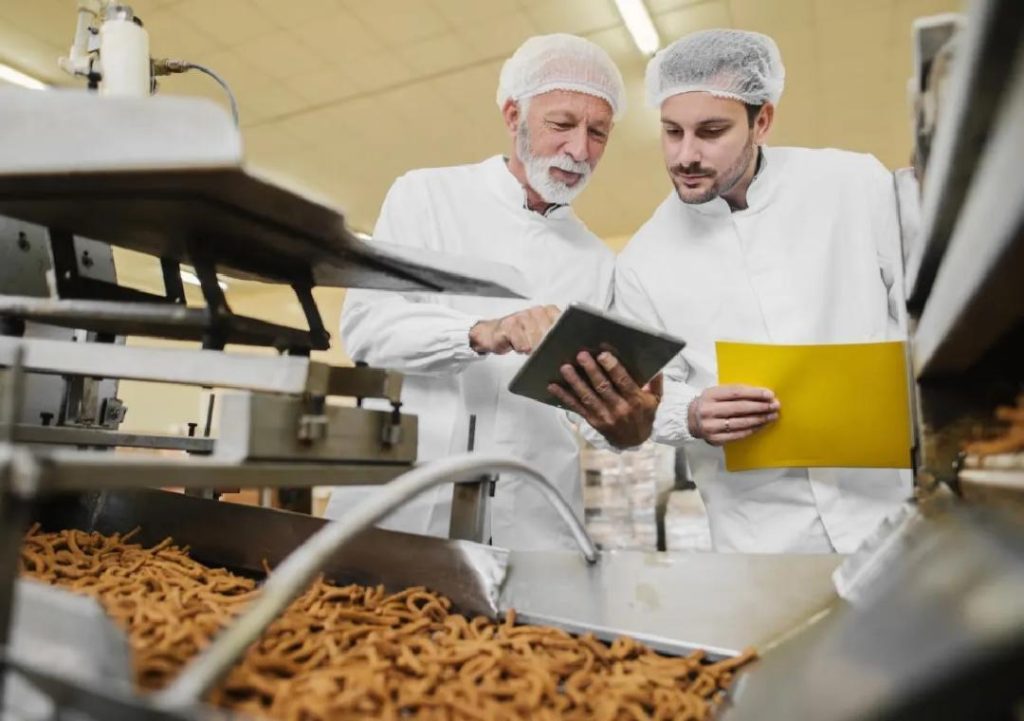
Can P&L Optimisation Redefine Success in Food Technology?
The food technology industry has witnessed a significant transformation in recent years, driven by the need for efficiency, sustainability, and profitability. Amidst the increasing competition, companies are adopting innovative strategies to streamline their profit and loss (P&L) operations, leveraging automation, smart inventory systems, and data analytics to improve profitability.
In today’s fast-paced market, where customers are increasingly demanding, food technology companies must adapt to changing consumer preferences, regulatory requirements, and supply chain disruptions. By optimising their P&L operations, these businesses can cut waste, sharpen demand forecasting, and make better decisions, ultimately driving growth and staying competitive.
The Need for P&L Optimisation
Food technology companies face unique challenges, including fluctuating raw material costs, supply chain constraints, and intense competition. To overcome these hurdles, they must adopt a data-driven approach that enables them to react swiftly to changing market conditions.
P&L optimisation is essential for food technology companies to achieve their goals. By streamlining operations, businesses can:
- Reduce waste: Automation and smart inventory systems help identify and eliminate waste, ensuring that products are produced efficiently and effectively.
- Sharpen demand forecasting: Data analytics enables companies to forecast demand more accurately, reducing stockouts and overstocking, and improving supply chain management.
- Support better decisions: With access to real-time data, food technology companies can make informed decisions about production, pricing, and inventory management, leading to better outcomes.
How P&L Optimisation Can Help
P&L optimisation can have a significant impact on a food technology company’s success. By adopting scalable models and leveraging automation, smart inventory systems, and data analytics, businesses can:
- Boost margins: By reducing waste, improving forecasting, and making better decisions, companies can increase their profit margins and stay competitive.
- Ensure sustainable growth: With a data-driven approach, food technology companies can make informed decisions about investments, product development, and market expansion, ensuring sustainable growth.
- Stay competitive: In a highly competitive industry, P&L optimisation enables companies to respond quickly to changing market conditions, stay ahead of the competition, and maintain their market share.
Case Study: How P&L Optimisation Can Drive Success
A leading food technology company, XYZ Inc., was facing challenges in managing its production and inventory levels. The company was producing a range of products, including sauces, condiments, and snacks, and was struggling to keep up with demand. With the help of P&L optimisation, XYZ Inc. was able to:
- Implement automation: The company automated its production lines, reducing labour costs and improving efficiency.
- Implement smart inventory systems: XYZ Inc. implemented a smart inventory system that tracked inventory levels in real-time, enabling the company to identify and eliminate waste.
- Leverage data analytics: The company used data analytics to forecast demand more accurately, reducing stockouts and overstocking, and improving supply chain management.
As a result of P&L optimisation, XYZ Inc. was able to:
- Increase profit margins: By reducing waste and improving forecasting, the company was able to increase its profit margins by 15%.
- Improve supply chain efficiency: With a more accurate demand forecast, XYZ Inc. was able to reduce its supply chain costs by 10%.
- Support sustainable growth: The company was able to invest in new product development and market expansion, ensuring sustainable growth and staying competitive in the industry.
Conclusion
P&L optimisation is a critical component of success in the food technology industry. By streamlining operations, leveraging automation, smart inventory systems, and data analytics, food technology companies can improve profitability, ensure sustainable growth, and stay competitive in the industry.
As the industry continues to evolve, companies that adopt a data-driven approach to P&L optimisation will be better equipped to respond to changing market conditions, stay ahead of the competition, and drive growth.
Source:
https://www.growthjockey.com/blogs/p-and-l-operations-in-food-tech






